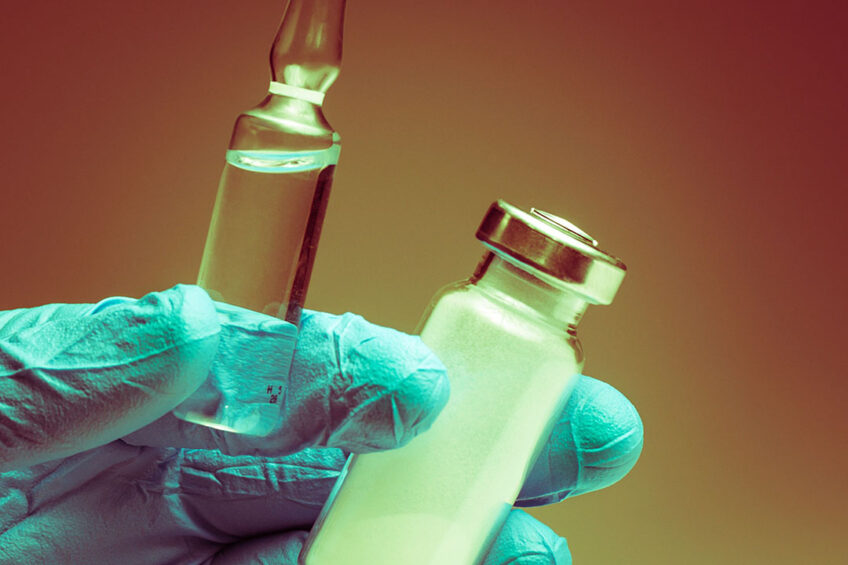Use of antibiotics in UK poultry and eggs remains low

The use of antibiotics in broilers and laying hens in the UK remained below antibiotic target usage levels set by the Responsible Use of Medicines in Agriculture Alliance in 2022.
Data from the British Poultry Council Antibiotic Stewardship, which represents 90% of the meat poultry industry, reported the use of 16.4 tonnes of active ingredient, combined for broilers and breeder birds in 2022. This represents a 5% (0.9 tonne) decrease since 2021 and a 74% (47.1 tonnes) decrease since data was first published in 2014.
When adjusting for the size of the animal population, between 2021 and 2022, antibiotics usage in the broiler sector increased slightly by 0.4 mg/kg to 14.1 mg/kg, but this still represents a 71% (34.7 mg/kg) decrease since 2014 and remains well below the 25 mg/kg sector target.
Turkey and duck sectors follow the trend
Antibiotic use in the turkey sector decreased by 7.2 mg/kg to 35.4 mg/kg in 2022 and has now fallen by 84% (184.1 mg/kg) since 2014. This is also below the sector target of 50 mg/kg.
The duck sector demonstrated a decrease of 1.4 mg/kg to just 0.3 mg/kg, and its antibiotic use has now fallen by 98% or 14.8 mg/kg since 2014.
Active ingredient classes
In 2022, 71% of active ingredient classes comprised penicillins (over 99% of which is amoxicillin) compared with 31% in 2014. Penicillin use decreased by 0.6 tonnes between 2021 and 2022. Tetracyclines and lincomycins are the second most commonly used classes, accounting for 10% and 11% of market share, and their use decreased by 0.02 and 0.8 tonnes respectively.
Encouragingly, HP-CIAs, colistin and third and fourth-generation cephalosporins were once again not used in the meat poultry sectors and fluroquinolones were not used by the duck sector. In 2022, the British Poultry Council recorded use data representing 9.7 billion broilers and 8.1 million turkeys entering the food chain. However, only 1.3 kg of fluoroquinolones was used, representing 0.002% of overall use, which is a decrease of 55.3 kg since 2021 and 99% since 2014.
Fluroquinolones were not used for slaughter broilers in 2022 and use in slaughter turkeys reduced from 0.006 mg/kg in 2021 to 0.002 mg/kg last year.
Long-term sustainability
In a statement, the British Poultry Council said: “The reductions seen in turkeys and ducks, and the stable pattern in broilers, highlights the continued focus on responsible antibiotic use despite the extreme challenges in 2022, which include the worse ever outbreak of highly pathogenic avian influenza in the UK alongside a cost of production and a cost of living crisis.
“This is a testament to the work of British Poultry Council Antibiotic Stewardship, which focuses on the sharing of best practice in a non-competitive manner, which is key to not only reducing overall antibiotic usage but preserving the effectiveness of the limited number of antibiotics licenced for use in poultry species. This is vital for the long-term sustainability of the industry.”
Layers
Data taken by the British Egg Industry Council, which represents 90% of the laying hen industry, showed a total of 1.6 tonnes of antibiotic active ingredient was used, which represents 0.23% bird days (actual bird days treated/100 bird days at risk). This is a decrease of 30% (0.10% bird days) since 2021 and 65% (0.43% bird days) since data was first published in 2016.
Tetracyclines and pleuromutilins accounted for 78% of total use and decreased by 25% (0.05% bird days) and 52% (0.05% bird days) respectively between 2022. For the fifth year running, there was no HP-CIAs used by the laying hen sector in 2021.
Biosecurity and hygiene key
The British Egg Industry Council said in the report: “The antibiotic used data from members of the BEIC Lion Scheme for 2022 shows further reductions and continues to be below the target of 1% bird days, and for the sixth year running no HP-CIAs were used.
“The LION standard continues to focus on bird health through good biosecurity and hygiene, as well as feed and water quality. Version 8 of the Scheme has seen significant developments in biosecurity requirements…and the training modules also cover the prudent use of antibiotics.
“The industry is continuing to trend for retail supply away from enriched colony cage production and towards free range and barn production. We are confident that we will continue to remain below our on-going antibiotic use target of 1% bird days and 0.05% bird days for HP-CIAs.”
“Sustained progress and commitment”
James McCulloch, head of animal feed at the Agricultural Industries Confederation, said the report was further evidence of the industry’s sustained progress and commitment to playing its part in helping the livestock sector meet future veterinary antibiotic targets and tackle antimicrobial resistance.
“These figures show that the UK is a world leader when it comes to the responsible use of antibiotics. The UK remains one of the lowest prescribers of veterinary antibiotics and has achieved some of the greatest reductions in resistance in Europe.”












